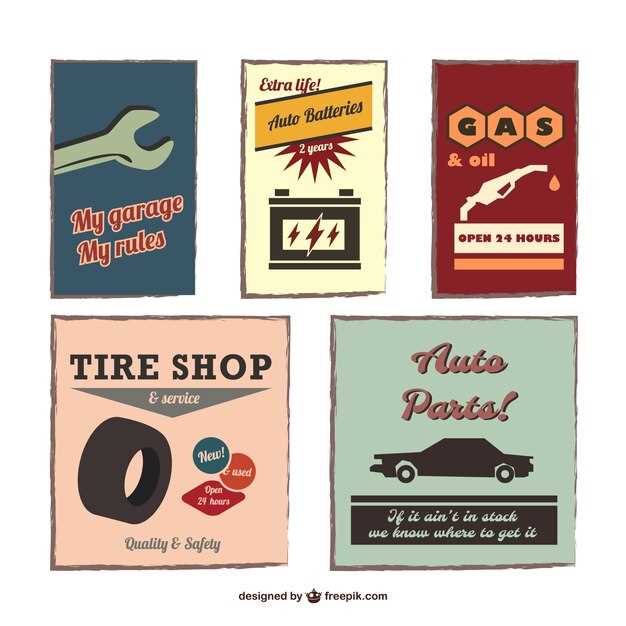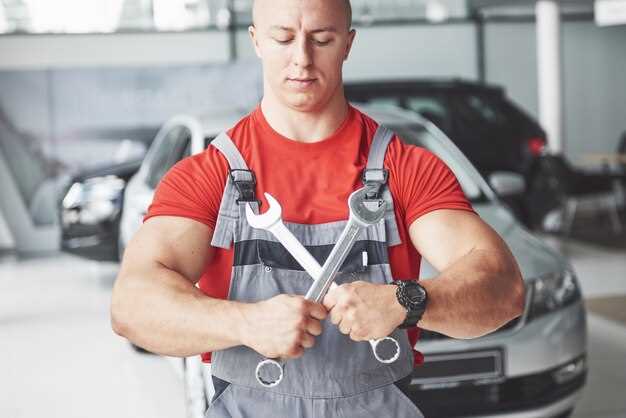
Maintaining the integrity of your BMW’s suspension system is crucial for ensuring optimal driving performance and comfort. Over time, various issues can arise within the suspension components, leading to a compromised driving experience. Recognizing the telltale signs that your suspension requires immediate attention is essential not just for the longevity of the vehicle, but also for your safety on the road.
Modern BMWs are engineered for precision, and any disturbances in their suspension can significantly affect handling and overall vehicle stability. Whether it’s a bumpy ride, increased tire wear, or unusual noises, these warnings signal that the components may be deteriorating. Ignoring these symptoms can result in more severe damage and costly repairs down the line, making it imperative to stay attuned to your car’s performance.
In this article, we will explore the key indicators that your BMW’s suspension might be failing. Understanding these signs will empower you to act quickly and ensure that your driving experience remains as smooth and safe as possible.
Unusual Noises When Driving over Bumps

When driving your BMW, if you hear strange noises such as clunks, rattles, or squeaks when passing over bumps, it’s a clear sign that your suspension may be facing issues. These sounds often indicate worn-out components, such as shock absorbers, struts, or bushings, that affect the overall handling of the vehicle.
Unusual noises can stem from various factors, including loose parts, damaged mounts, or insufficient lubrication in the suspension system. Each of these issues not only compromises ride comfort but can also lead to more serious problems if not addressed promptly. Ignoring these noises can result in decreased handling capabilities, making your BMW less responsive and potentially unsafe on the road.
If you notice any abnormal sounds while driving over bumps, it’s essential to have your suspension inspected by a qualified technician. Early detection and repair of these issues can restore optimal handling and prolong the lifespan of your suspension system.
Decreased Handling and Stability During Turns

A noticeable decline in handling and stability while turning can indicate serious issues with your BMW’s suspension system. When your vehicle struggles to maintain a steady trajectory during turns, it undermines your confidence on the road and can compromise safety. The suspension is designed to support vehicular stability, ensuring that all four wheels maintain contact with the road surface, especially when cornering.
If you experience excessive body roll, or if your vehicle feels like it is drifting out of your intended path, it may be due to worn-out shock absorbers or struts. Damaged components can negatively affect how the suspension absorbs bumps and distributes weight during turns, making it hard for the driver to control the vehicle effectively.
Additionally, uneven tire wear might be another sign of suspension problems, further impacting handling dynamics. This can lead to decreased traction, exacerbating instability in curves. Addressing suspension issues promptly can restore proper handling, allowing for a smooth, safe driving experience.
Visible Signs of Wear or Damage on Suspension Components
One of the most critical aspects of your BMW’s performance is its suspension system. Over time, suspension components can wear down or become damaged, impacting not only the handling of the vehicle but also safety and comfort. Recognizing visible signs of wear is essential for maintaining peak performance.
Check for fluid leaks around shocks and struts. Oil spots or fluid accumulation on these components indicate a failure in seals or gaskets. This leads to reduced damping ability, affecting the vehicle’s handling and stability.
Inspect the rubber bushings in control arms and sway bars. Cracked or torn bushings signify deterioration. This wear can cause increased play within the suspension system, resulting in poor handling and a rough ride.
Look for uneven tire wear patterns. If certain areas of the tread are more worn than others, it may be a sign of misalignment caused by worn suspension elements. Addressing this issue can prevent further damage and improve handling characteristics.
Examine the coil springs and shocks for any signs of corrosion or physical damage. Any visible rust or distortion may compromise their strength and performance. A compromised spring can lead to sagging, which directly affects ride height and handling.
Finally, listen for unusual noises such as clunking or rattling when driving over bumps. These sounds can indicate loose or damaged components within the suspension system. Addressing these audible cues promptly can prevent more significant issues down the line.
